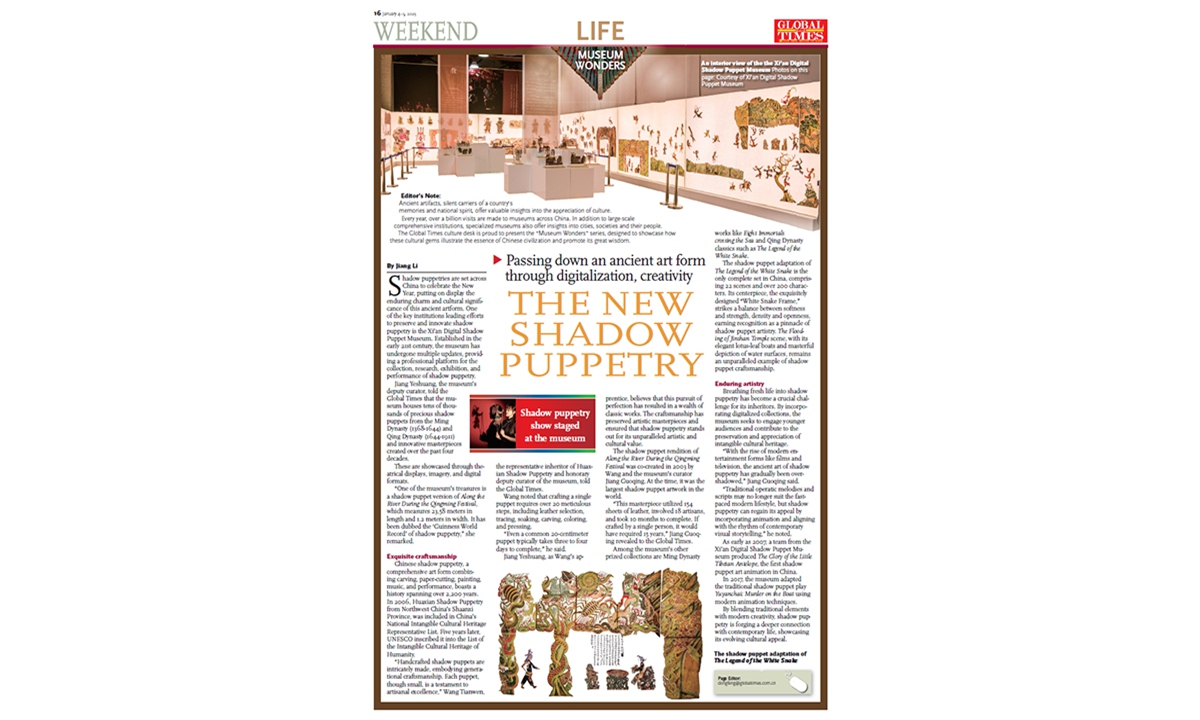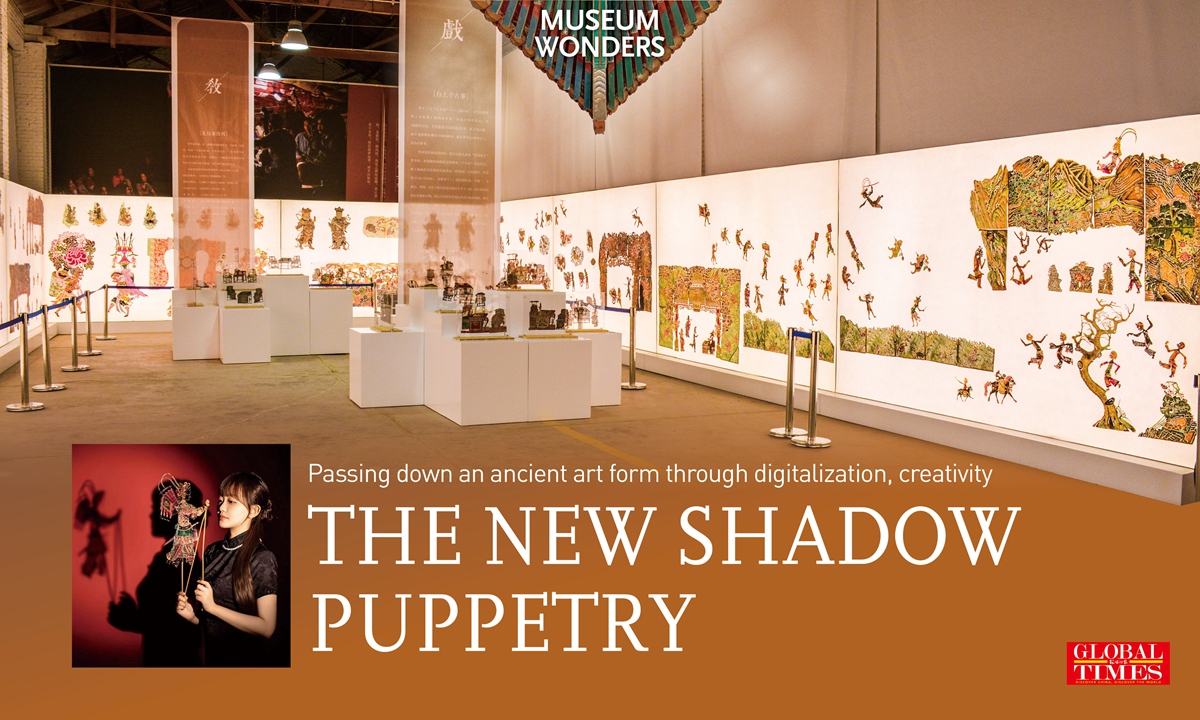Editor's Note:Ancient artifacts, silent carriers of a country's memories and national spirit, offer valuable insights into the appreciation of culture.
Every year, over a billion visits are made to museums across China. In addition to large-scale comprehensive institutions, specialized museums also offer insights into cities, societies and their people.
The Global Times culture desk is proud to present the "Museum Wonders" series, designed to showcase how these cultural gems illustrate the essence of Chinese civilization and promote its great wisdom.
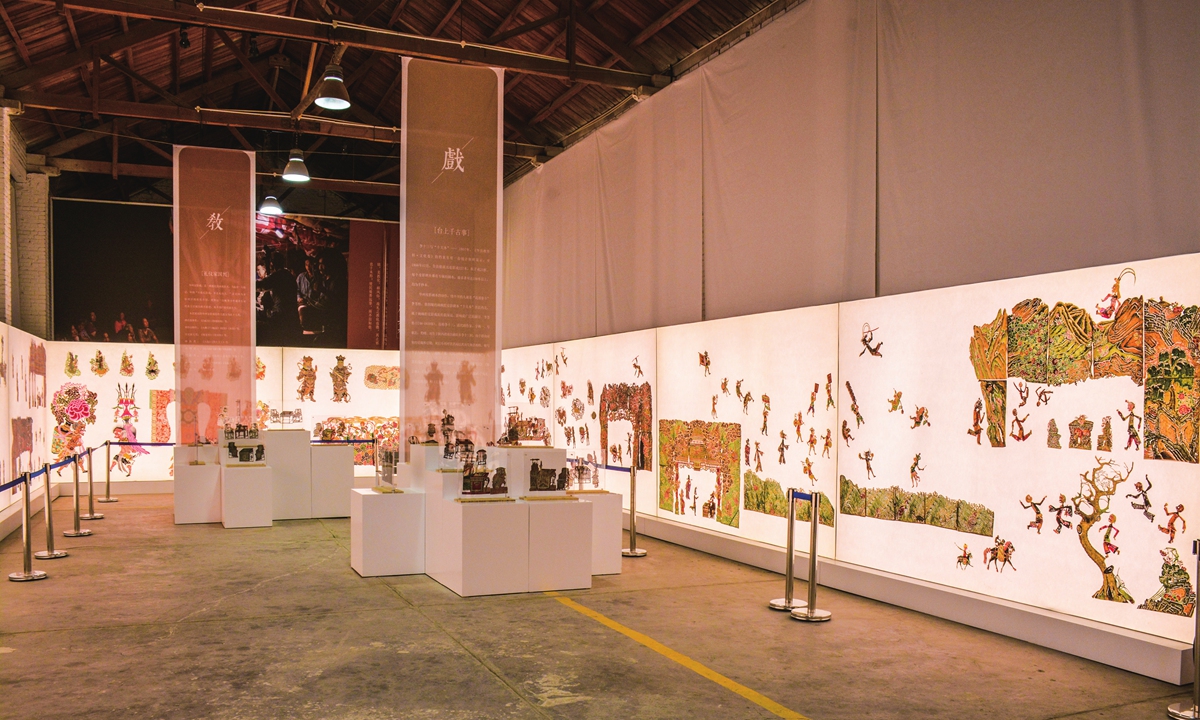
An interior view of the the Xi'an Digital Shadow Puppet Museum Photos: Courtesy of Xi'an Digital Shadow Puppet Museum
Shadow puppetries are set across China to celebrate the New Year, putting on display the enduring charm and cultural significance of this ancient artform. One of the key institutions leading efforts to preserve and innovate shadow puppetry is the Xi'an Digital Shadow Puppet Museum. Established in the early 21st century, the museum has undergone multiple updates, providing a professional platform for the collection, research, exhibition, and performance of shadow puppetry.
Jiang Yeshuang, the museum's deputy curator, told the Global Times that the museum houses tens of thousands of precious shadow puppets from the Ming Dynasty (1368-1644) and Qing Dynasty (1644-1911) and innovative masterpieces created over the past four decades. These are showcased through theatrical displays, imagery, and digital formats.
"One of the museum's treasures is a shadow puppet version of
Along the River During the Qingming Festival, which measures 23.58 meters in length and 1.2 meters in width. It has been dubbed the 'Guinness World Record' of shadow puppetry," she remarked.
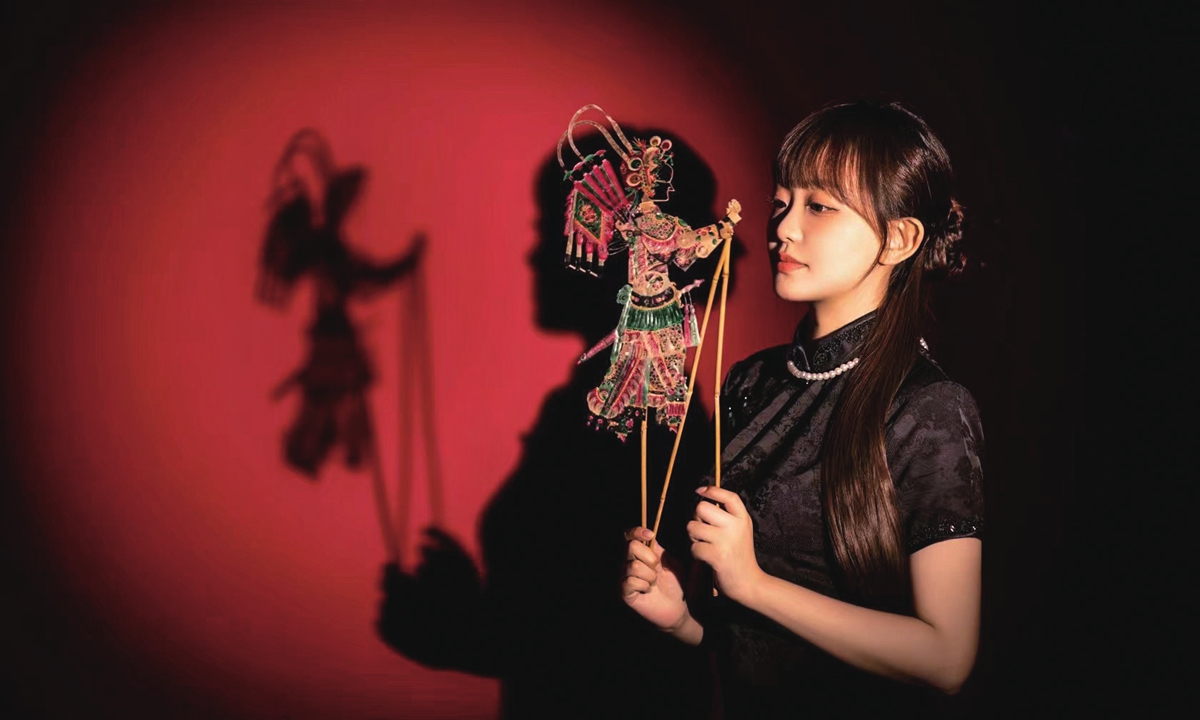
Shadow puppetry show staged at the museum
Exquisite craftsmanshipChinese shadow puppetry, a comprehensive art form combining carving, paper-cutting, painting, music, and performance, boasts a history spanning over 2,200 years. In 2006, Huaxian Shadow Puppetry from Northwest China's Shaanxi Province, was included in China's National Intangible Cultural Heritage List. Five years later, UNESCO inscribed it into the Representative List of the Intangible Cultural Heritage of Humanity.
"Handcrafted shadow puppets are intricately made, embodying generational craftsmanship. Each puppet, though small, is a testament to artisanal excellence," Wang Tianwen, the representative inheritor of Huaxian Shadow Puppetry and honorary deputy curator of the museum, told the Global Times.
Wang noted that crafting a single puppet requires over 20 meticulous steps, including leather selection, tracing, soaking, carving, coloring, and pressing.
"Even a common 20-centimeter puppet typically takes three to four days to complete," he said.
Jiang Yeshuang, as Wang's apprentice, believes that this pursuit of perfection has resulted in a wealth of classic works. The craftsmanship has preserved artistic masterpieces and ensured that shadow puppetry stands out for its unparalleled artistic and cultural value.
The shadow puppet rendition of
Along the River During the Qingming Festival was co-created in 2003 by Wang and the museum's curator Jiang Guoqing. At the time, it was the largest shadow puppet artwork in the world.
"This masterpiece utilized 154 sheets of leather, involved 18 artisans, and took 10 months to complete. If crafted by a single person, it would have required 15 years," Jiang Guoqing revealed to the Global Times.
Among the museum's other prized collections are Ming Dynasty works like
Eight Immortals crossing the Sea and Qing Dynasty classics such as
The Legend of the White Snake.
The shadow puppet adaptation of
The Legend of the White Snake is the only complete set in China, comprising 22 scenes and over 200 characters. Its centerpiece, the exquisitely designed "White Snake Frame," strikes a balance between softness and strength, density and openness, earning recognition as a pinnacle of shadow puppet artistry.
The Flooding of Jinshan Temple scene, with its elegant lotus-leaf boats and masterful depiction of water surfaces, remains an unparalleled example of shadow puppet craftsmanship.
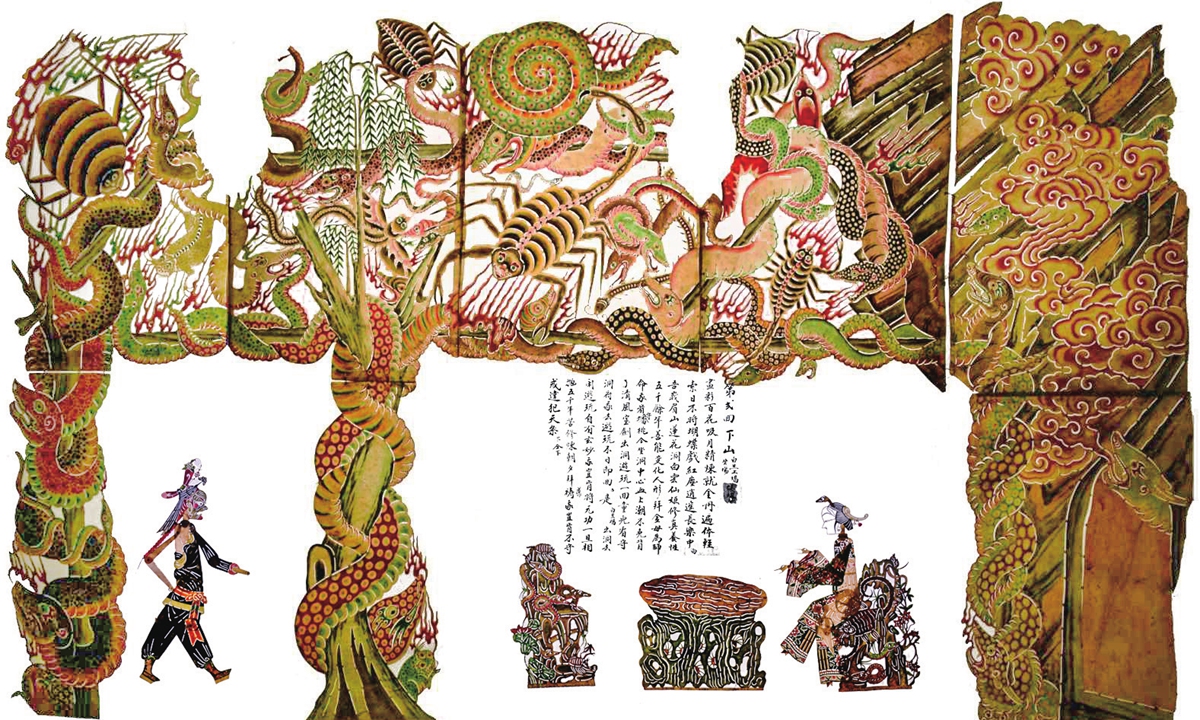
The shadow puppet adaptation of The Legend of the White Snake
Enduring artistryBreathing fresh life into shadow puppetry has become a crucial challenge for its inheritors. By incorporating digitalized collections, the museum seeks to engage younger audiences and contribute to the preservation and appreciation of intangible cultural heritage.
"With the rise of modern entertainment forms like films and television, the ancient art of shadow puppetry has gradually been overshadowed," Jiang Guoqing said.
"Traditional operatic melodies and scripts may no longer suit the fast-paced modern lifestyle, but shadow puppetry can regain its appeal by incorporating animation and aligning with the rhythm of contemporary visual storytelling," he noted.
As early as 2007, a team from the Xi'an Digital Shadow Puppet Museum produced
The Glory of the Little Tibetan Antelope, the first shadow puppet art animation in China.
In 2017, the museum adapted the traditional shadow puppet play
Yuyanchai: Murder on the Boat using modern animation techniques.
By blending traditional elements with modern creativity, shadow puppetry is forging a deeper connection with contemporary life, showcasing its evolving cultural appeal.
